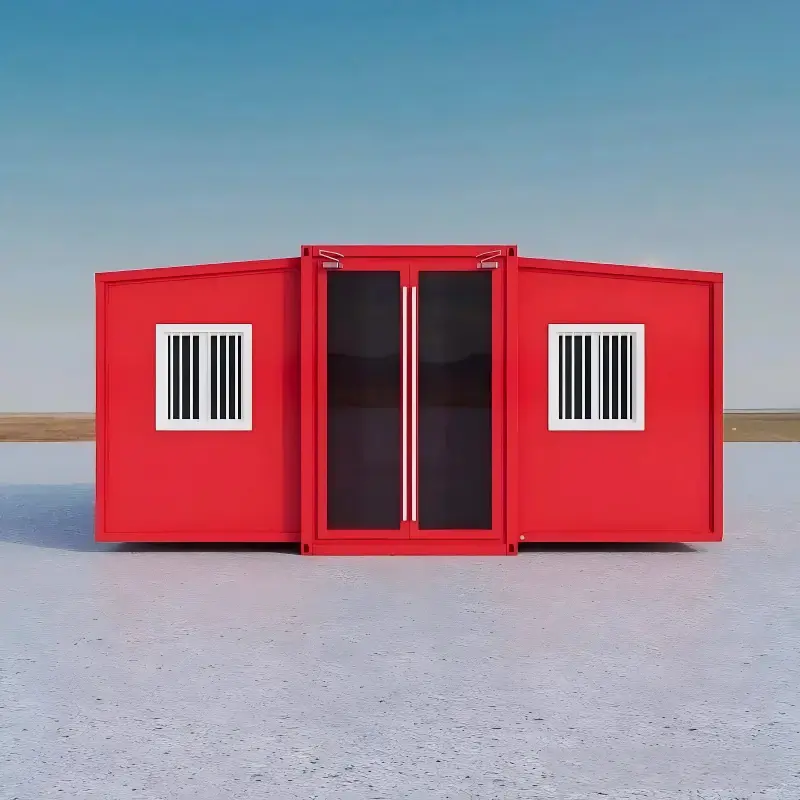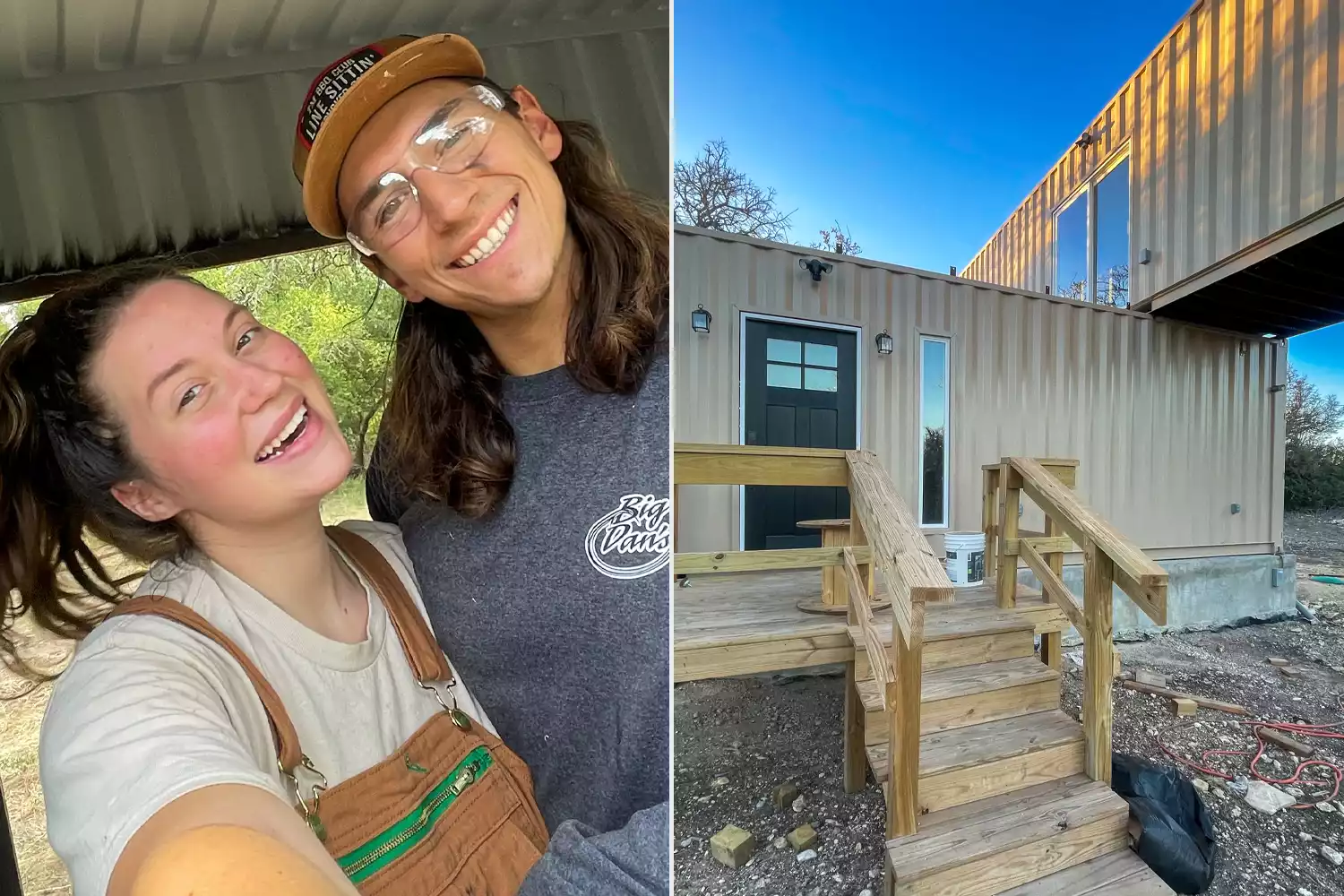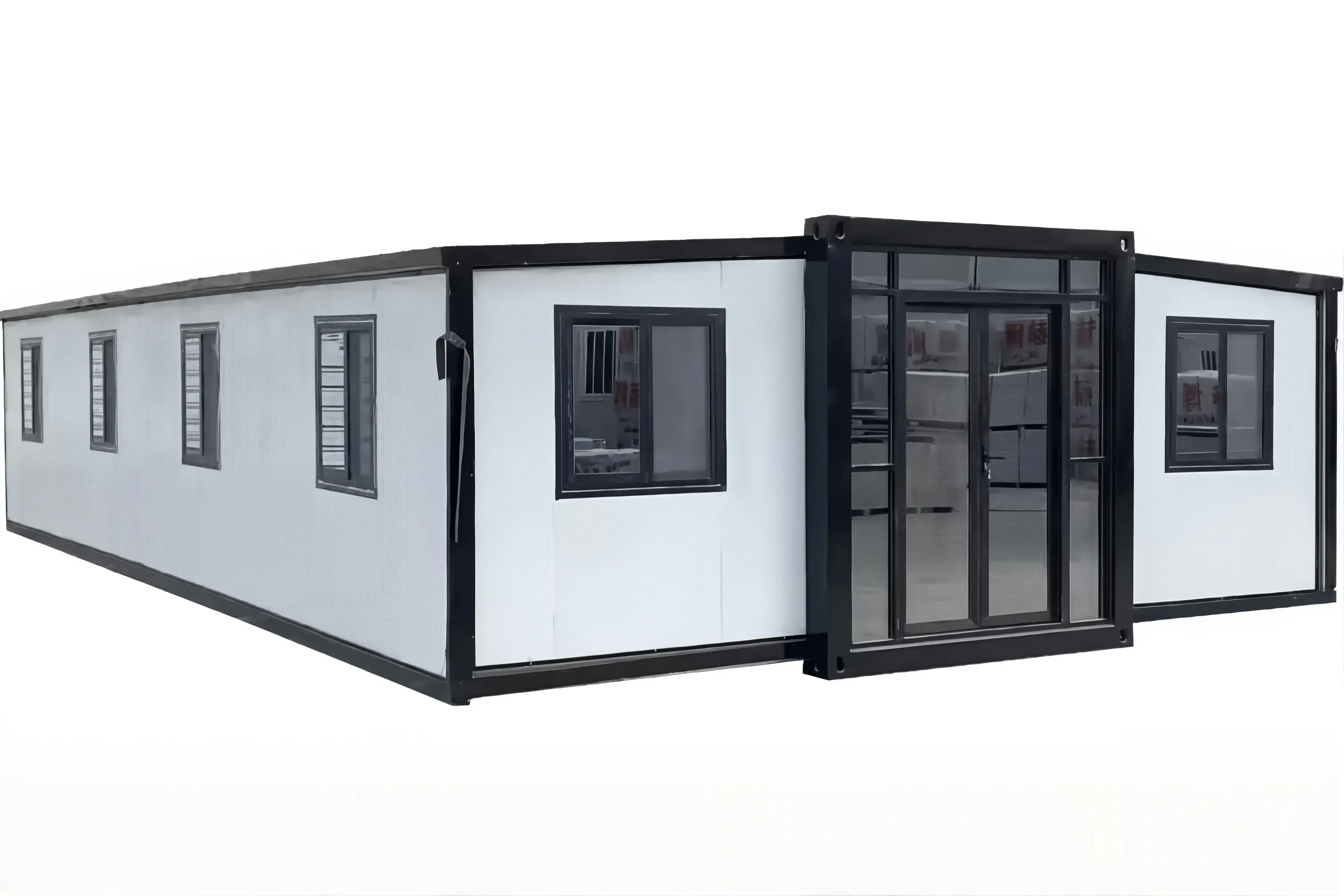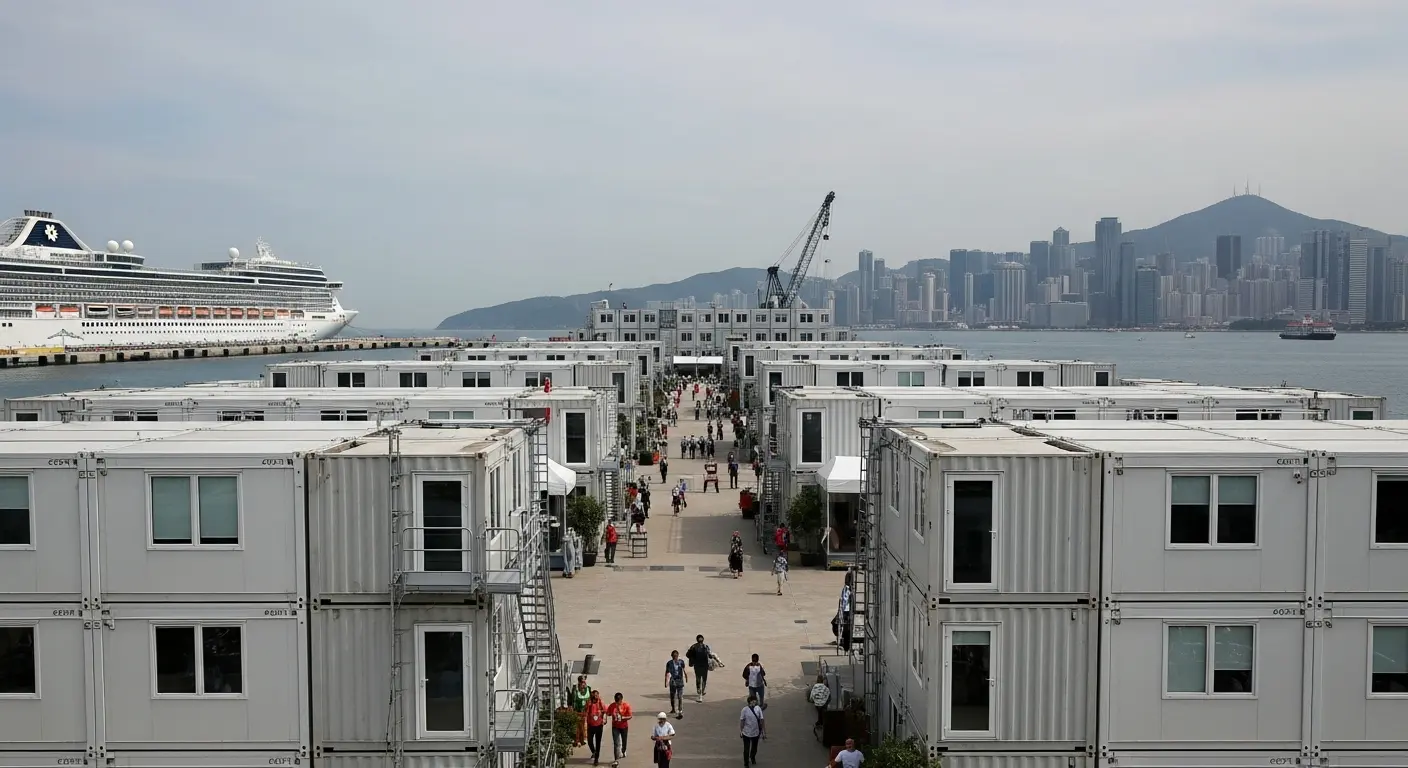The Global Practice of Integrated Container Houses: From Industrial Modules to Cultural Landmarks
Twenty years ago, integrated Container Houses were still silent steel vessels on maritime shipping routes, fulfilling their standardized transportation mission between docks and cargo ships. Today, these metal containers, once used for industrial logistics, are leveraging the flexible nature of modular construction to grow into imaginative creative spaces within the fabric of cities worldwide. From container markets on the streets of London to art colonies in Tokyo’s Minato Ward, from cultural laboratories on the ruins of Berlin to futuristic pavilions in the deserts of Dubai, they are redefining urban cultural landmarks with their architectural language of "mobility, combinability, and iterability."
This article will take modular construction as its thread, guiding you through creative sites across five continents. It will decode how steel containers, through the disassembly and reorganization of standardized modules, transform into cultural containers housing art exhibitions, cultural and creative markets, and immersive theaters. It will also explore landmark cases that integrate industrial heritage with contemporary aesthetics, showcasing how "the smallest building unit" drives the renewal logic of urban cultural ecosystems.
Boxpark: A Fluid Settlement in London
Boxpark’s spatial design is steeped in the charm of industrial ruin aesthetics. Multiple containers are stacked and combined to form a multi-story architectural structure.
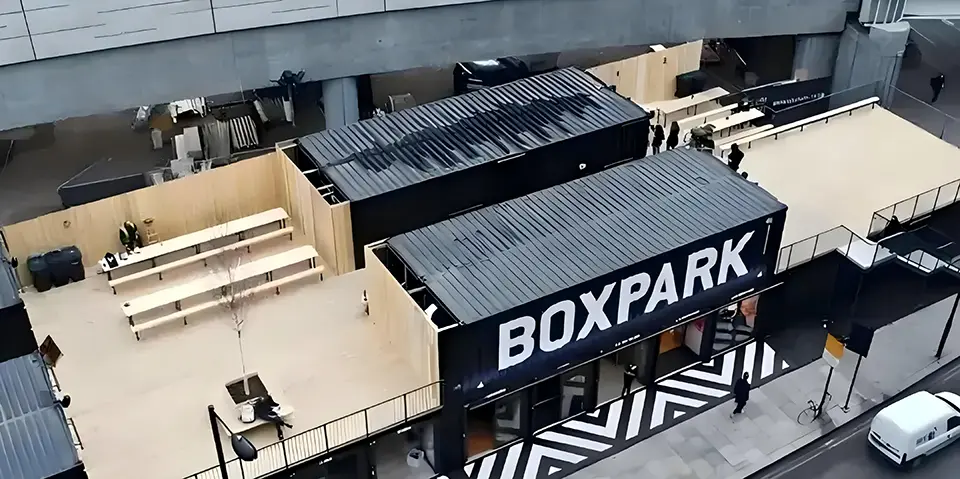
Take Boxpark Shoreditch as an example: 61 containers are cleverly assembled, with 41 lower-level containers enclosing a minimalist modern shopping space, while the upper level provides a comfortable resting area. The exteriors of the containers are painted in vibrant colors—by day, it resembles a cyberpunk-style film set; by night, it transforms into a neon maze, brimming with the aesthetics of "colorful intensity."
Common Ground: The Blue Container Market
Near Konkuk University in Seoul, there is a blue container market called "Common Ground." It is not only a shopping paradise but also a popular check-in spot for young people.

Composed of 200 blue containers, its exterior features an attractive blue hue, blending wild industrial style with old-school romance. The project adopts prefabrication methods: modules are produced in factories before being transported to the site for on-site construction and assembly, reducing the construction time of the 5,300-square-meter building by 5 months.
Quo Container Center in Argentina
As Argentina’s first sustainable shopping mall built with eco-friendly, prefabricated architectural concepts, Quo Container Center is constructed by renovating abandoned shipping containers
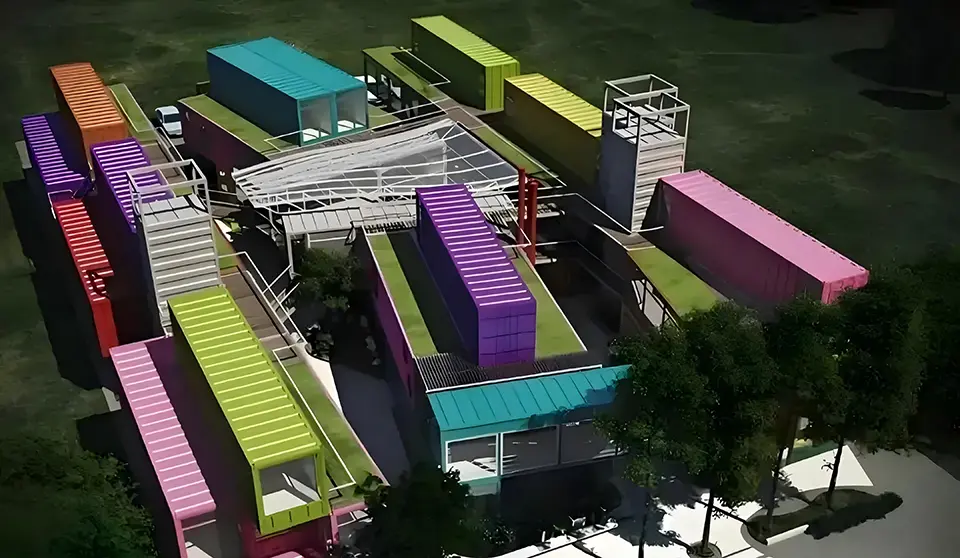
Designers used 57 shipping containers to transform the market into a cutting-edge architectural complex. Guided by the concept of sustainability, the building utilizes restored second-hand containers, and the idea of sustainability is integrated into every detail of the project.
Art Box in Bangkok, Thailand
Art Box Night Market in Bangkok is one of the most popular container night markets in the city. Composed of hundreds of containers, each is transformed into a unique store. The night market gathers numerous food stalls, handicraft shops, fashion boutiques, and live music stages, attracting a large number of local residents and tourists.

The success of Art Box Night Market lies in its unique thematic positioning and meticulous operation management. It regularly updates its themes, decorating the venue and launching featured products accordingly to maintain consumer freshness and appeal.
As a source supplier in the integrated container house industry, Teran House has deeply participated in the industry’s full-cycle evolution from "steel transportation vessels" to "modular building systems." Twenty years ago, when integrated container houses were still limited to logistics and warehousing scenarios, the company had the foresight to lay out modular technology R&D. After three development stages—standardized production, spatial function iteration, and cultural attribute integration—it has witnessed how single containers, through modular assembly, transform into composite cultural spaces that host art exhibitions, cultural and creative offices, and immersive commerce.
Industry transformation drives industrial change and also accelerates the technological upgrading of Teran House’s products. Through modular development, the company creates culturally creative complexes with modular vitality, earning a passport for its development in the Chinese and global markets.










